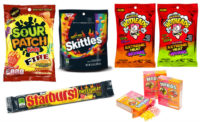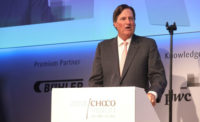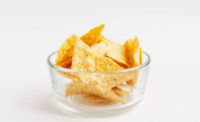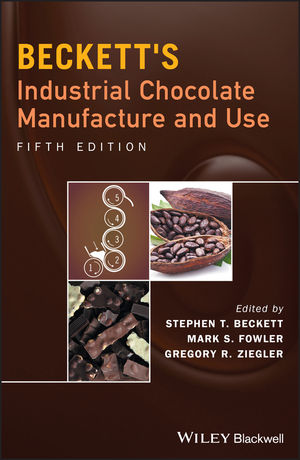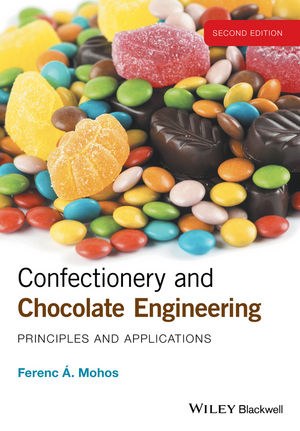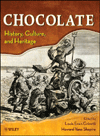Retail checkout sales can show marketable sales increases when consumers are offered variety. And panelists for the "Driving Profit Through Balance at Retail Checkout" presentation, held at the Discovery Theater at the Sweets & Snacks Expo last Tuesday in Chicago, provided evidence to back their claim.
The panel, moderated by Larry Wilson, v.p. of industry affairs for the National Confectioners Association, featured Hank Cardello, senior fellow from the Hudson Institute, and Cam Cloeter, president of Impulse Marketing Co. (IMC). Cardello and Cloeter spoke about the necessity of finding a middle ground for item diversity at retail checkout to provide consumer convenience while driving up overall profit.
Test data collected by IMC in several test stores revealed that increased item diversity in the checkout aisles increased total sales by 8.4 percent and traditional candy items sales by 2.5 percent. IMC provided models of potential checkout structures at the event, which in turn showed a wide variety of alternative and traditional snacks and candies designed to boost revenue.
Growing segments of “fence sitter” and “food activist” shoppers, making up 25 percent and 16 percent respectively, are some of the primary factors in the push for varied options. These consumers desire a healthier lifestyle without necessarily giving up on sweets, the research showed.
Shoppers’ needs are important for retailers to consider in product placement, the panel concluded, so items for refreshment, indulgence, entertainment and personal convenience should all be present to boost overall sales.
“[Consumers] want choice, not restriction,” Wilson said. The panel cited increased pressure from various health organizations to do away with candy in checkout lines in favor of more nutritional options.
“Heath activism is making a serious dent in the industry,” Cardello pointed out, but test sale figures demonstrate that consumers don’t want to do away with candy. They want variety.
Because limited space available on the front end limits how much product can be on display, Cloeter recommended that reducing the amount of magazines on the endcaps would free up essential space for more consumables.
“You’re wasting a lot of real estate [with magazines]” Cloeter said, citing that net profit of the magazine industry is down 33 percent since 2008, and that conversely, there is more demand for snack items.
“We believe the solution is about choice, not either/or,” he added.


